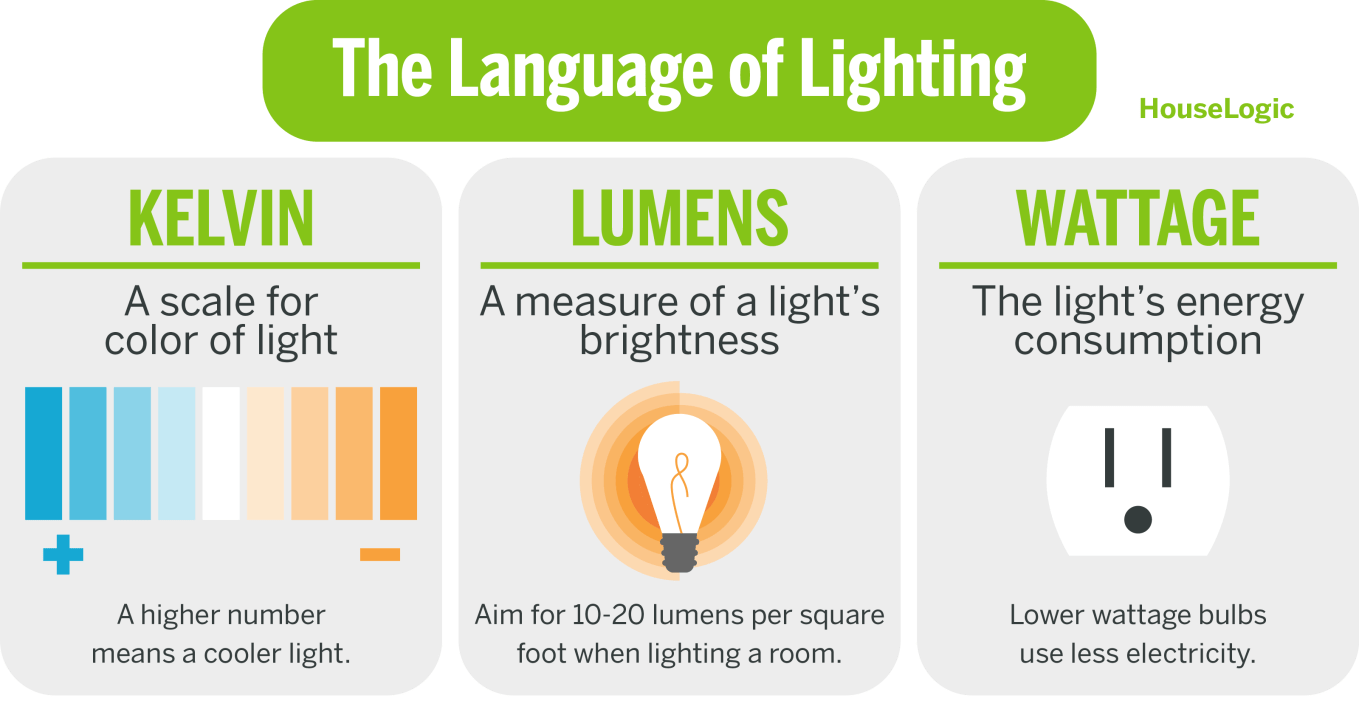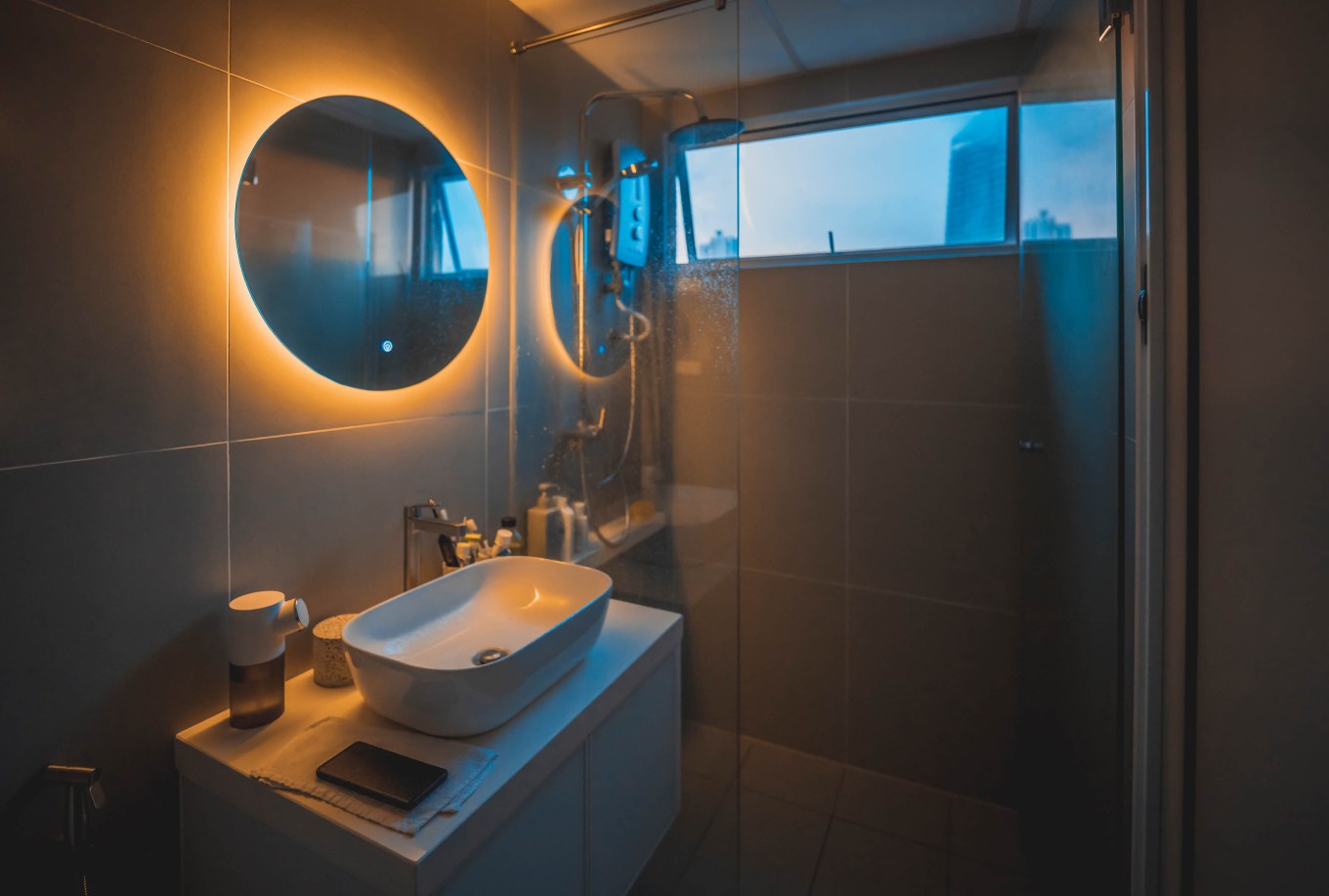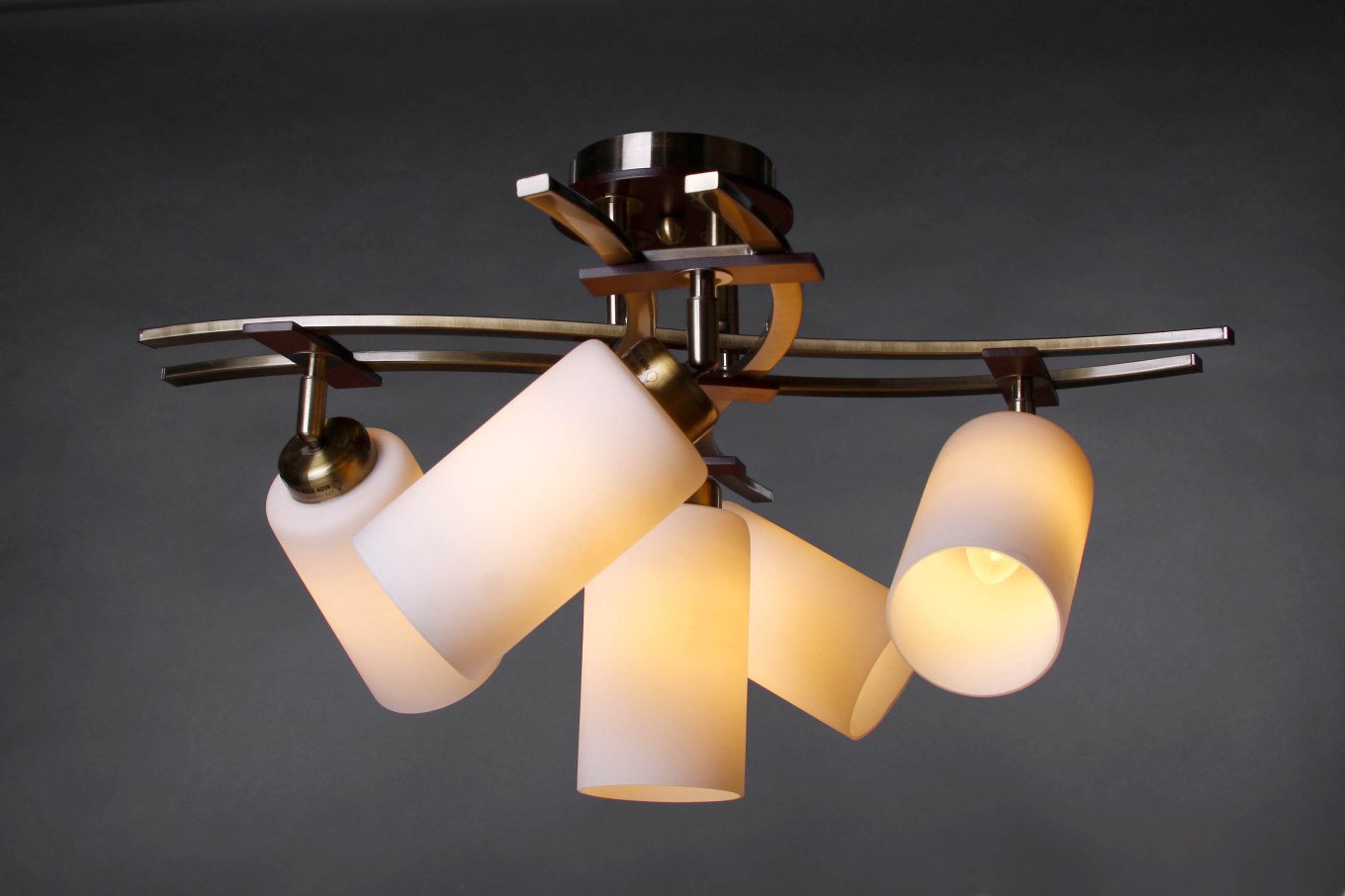Lighting has become a secret weapon in upgrading a space, elevating your home’s style and functionality, and even your mood. Whether it’s that attention-getting chandelier or a smart LED that automatically adjusts, designers are sending a clear message: Use some new indoor lighting ideas to transform your space and even your life.
Why Lighting Your Home Matters
Cari McGee, managing broker at RE/MAX Northwest in Kennewick, Wash., says she always pays attention to lighting when working with clients to sell their homes. “To make a home look the best you can, the lighting is so important.” What makes a difference may be less about changing the fixture than changing the temperature of the bulb, she says.
“Updating lighting fixtures” was one of the top house projects that made homeowners feel better about their homes, according to Thumbtack’s 2025 “For the Joy of Home Survey.” For less than $600, homeowners who swapped out lighting fixtures found a “joy” boost with their home (surpassing projects like sunrooms, swimming pools, and home gyms), according to the survey of about 1,000 homeowners.
"Lighting is one of the easiest ways to completely change the feel of a space without breaking the bank,” says Ginger Wilcox, president of Better Homes and Gardens Real Estate, who has personally renovated three properties over the years.
9 Home Lighting Ideas to Inspire You
“From layered lighting that adds dimension, to smart bulbs that shift your mood with a tap, the right setup can completely elevate your home’s aesthetic and functionality,” says Jon Grishpul, co-CEO at GreatBuildz.com, a site that matches homeowners with general contractors, and co-CEO of MaxableSpace.com. “A well-lit space can improve your decor, making each room feel warm, elegant, or bold.”
Experts shed light on eight bright ideas to improve your home:
Home Lighting Ideas for Choosing Light Bulbs
The light bulb matters, and you have plenty of choices — even more since the government recently removed the light bulb ban on incandescent light manufacturing. Whether choosing LEDs, incandescent, halogen, or compact fluorescent light bulbs, consider the following:

- Brightness: This is measured in lumens. The higher the lumens, the brighter the light; lower lumens indicate a dimmer light.
- Color temperature: This is expressed in Kelvins and measures the color of the light. With a color temperature of 2000K to 3000K, called "warm white," the color ranges from orange to yellow-white, according to Westinghouse. Experts label color temperatures from 3100K to 4500K “cool white” or "bright white." They appear as a more neutral white light that may have a blue tinge. If the color temperature exceeds 4500K, the color falls into the "daylight" category, resembling daylight, with a bluish-white color.
- Wattage: This measures the amount of energy a light bulb uses. Lighting experts consider lumens a more reliable measure than wattage when you're shopping for energy efficient bulbs like LEDs. Some manufacturers are now listing lumens on light bulb boxes.
- Safety measures: CFLs contain a small amount of mercury within glass tubing. When a bulb breaks in your home, the breakage may release the mercury as mercury vapor, according to the U.S. Environmental Protection Agency. Follow EPA tips to clean up broken CFLs safely.
Home Lighting Ideas for Using the Right Light in the Right Space
In real estate, home stagers often recommend warm or “soft white” with lower Kelvin ratings, which can be less harsh than high-intensity “daylight” bulbs. For example, LED light bulbs for lamps with Kelvins at 2700 to 3500. give the most flattering light to a living space,” says Audra Slinkey, a home stager and president of Home Staging Resource.
Here are more light bulb tips:
- Shop by Kelvins: In bedrooms and living areas, warm white LEDs between 2700K to 3000K work well, says Grishpul. For home offices and kitchens, he recommends neutral white bulbs between 3500K and 4500K, which can “provide clarity without excessive strain.”
- Select dimmable options: Dimmable light bulbs allow you to adjust brightness levels throughout the day.
- Be consistent: Keep bulbs at the same wattage in a space for aesthetic consistency and so your eyes don’t constantly need to adjust to varying brightness levels. Also, don’t exceed maximum wattage on fixtures. (Check your fixture’s wattage limit; it usually appears on the lamp or socket.)
Home Lighting Ideas for Layered Lighting

Don’t just rely on overhead fixtures. “Many homeowners are embracing layered lighting — incorporating a blend of recessed lighting, lamps, sconces, and dimmable lighting to create ambiance and dimension,” says Betty Brandolino, founder and creative director of Home Environments, an Elmhurst, Ill.-based luxury interior design firm specializing in smart home technology.
Grishpul recommends this layered lighting approach:
- Ambient lighting: Sets the general brightness of a room. Examples: ceiling fixtures or recessed lights that spread light evenly across the space.
- Task lighting: Adds focus on specific areas. Examples: desk lamps, under-cabinet lights, and reading sconces that improve functionality.
- Accent lighting: Highlights decor. Examples: spotlights, wall-mounted fixtures, and LED strips for adding interest to furniture and artwork.
Home Lighting Ideas for Wellness
Lighting is increasingly being incorporated into the wellness design movement. For example, circadian lighting mimics natural wake and sleep cycles by adjusting the home’s brightness and color temperature throughout the day. Brandolino uses Ketra technology for this effect. “Ketra lighting can mimic the natural progression of daylight to align with circadian rhythms,” she says. “In the morning, it provides bright, cool light to boost energy and focus. By evening, it shifts to warmer, dimmer tones that encourage relaxation and melatonin production.”
Home Lighting Ideas for Accents

Use lighting to draw attention to key elements — indoors and outdoors. Here are some home lighting ideas:
- Backlighting: Use it behind mirrors, shelves, or headboards to create a soft glow.
- Uplighting: Hide lighting fixtures beneath furniture, along walls, or as outdoor pathways for added depth and to emphasize textures.
- Artwork and architectural features: Highlight paintings and artwork, such as with gallery lights installed directly above. Or, use track lighting to highlight sculptures and bookshelves. “Built-in shelf lights turn bookcases into statement pieces,” Grishpul says. “Even undercounter lighting in kitchens makes cabinets more appealing.”
- Toe-kick lighting: Wilcox loves added touches like LED toe-kick lighting around kitchen islands and under cabinets. (The lights are installed within a recessed space known as a “toe kick.”) They create a “little pop of glow that makes a space feel polished and thoughtful,” she says.
- Landscape lighting: Point the lights up on architectural elements of the home’s exterior or to accent trees in the landscape. Wilcox says LED-lit address plaques are becoming more popular. “[They’re] sleek, architectural. and often crafted in beautiful metals that add both function and charm to a home’s exterior,” she says. “Think of them as jewelry for your front entry: eye catching, tasteful, and incredibly useful, especially when guests or delivery drivers are trying to find you after dark.”
Home Lighting Ideas to Add Indoor Color
Remember when light bulbs were only white? Nowadays, homeowners can add color bulbs or strips for mood lighting, from cobalt blues to emerald greens, spicy reds, and more. This form of smart lighting is often adjustable from a smartphone app or even a voice command. You can install color strip lighting behind the TV, even syncing it to the picture content; behind bed frames and headboards for a relaxing glow; along staircases, under stair rails, or on the step edges; around a bathroom vanity mirror or recessed area; or even under furniture or shelving for a personalized lighting effect.
Home Lighting Ideas to Go Cordless
Cordless lights operate with rechargeable batteries, allowing you to add a light anywhere. Options include a dark closet or entryway and wall sconces beside a bathroom mirror. The wire-free lights — whether wall sconces, overhead lights, puck lights, or another type — can often stay lit for 15 or more hours between charging.
“Cordless and LED options are making it easier for homeowners to upgrade without a full electrical overhaul,” says Alecia Taylor, a designer at CabinetNow.com. “We’ve had customers integrate rechargeable puck lights inside cabinets or glass-front uppers to highlight their dinnerware or collectibles — easy, functional, and beautiful.”
Home Lighting Ideas for Energy Efficiency
Lighting accounts for about 15% of the average home’s electricity use. But you can save with options such as:
- LEDs: The average household could save about $225 in energy costs per year by using LED lighting, according to the Department of Energy. LED bulbs last longer and consume less energy than CFLs.
- Solar: Solar-powered lights harness the sun to power up lights. You can use them to illuminate pathways, spotlight landscaping, or as string lights to decorate a deck or patio.
- Motion sensors: These lighting fixtures automatically turn on when they detect movement and shut off when no one’s around. “Automated settings prevent wasted electricity,” Grishpul says.
- Dimmers: You can use smart bulbs with dimmers to control brightness while extending a bulb’s life. “Simple upgrades [like this] create a more energy-conscious home,” Grishpul says.
New Light Fixture Trends

Add a statement light, like a “stunning chandelier, sculptural pendant, or artistic sconce,” Grishpul says. “It does more than illuminate. It elevates the entire space.” For example, in a dining room, a grand fixture can draw the eye in, or wall sconces can dress up a hallway or bedside. Experiment with placement, too. “Centered lights bring symmetry, while off-center options create intrigue.”
Fixtures are doubling as artwork, with chandeliers or pendants coming in geometric or ball-clustered shapes, spirals, and gridded honeycomb compositions. The fixtures may even be in a bright gold or brass metal to make them focal points of the space. As Grishpul notes, “some lights are there for function; others steal the show.”
